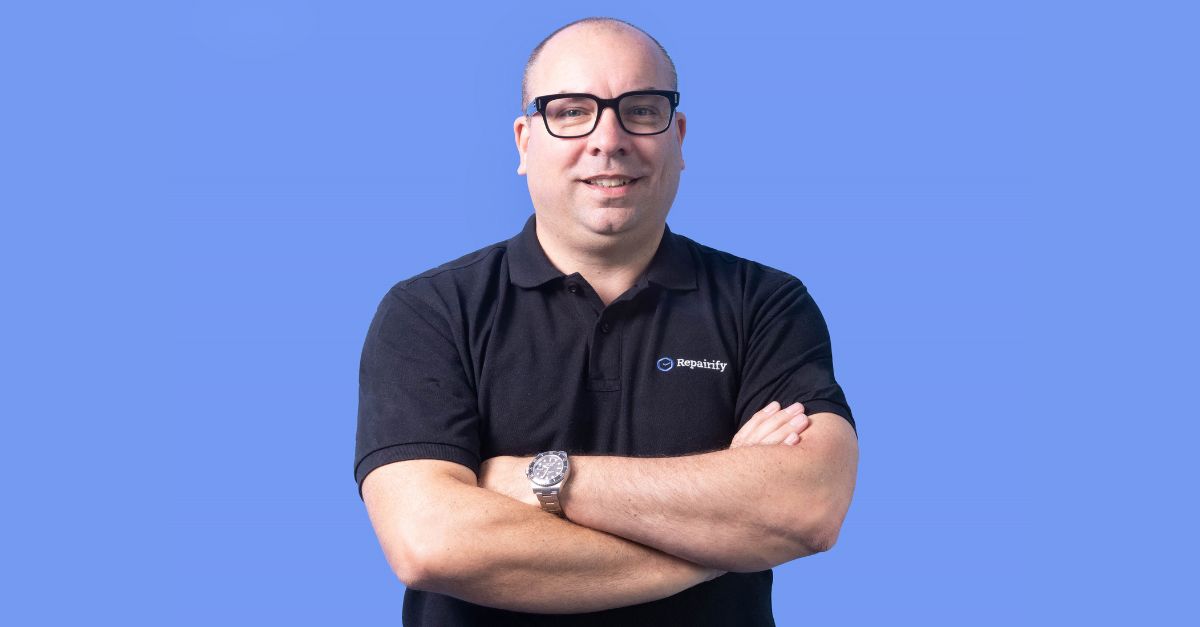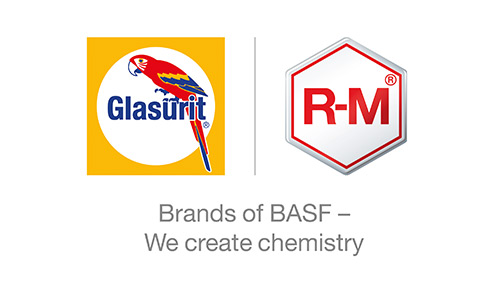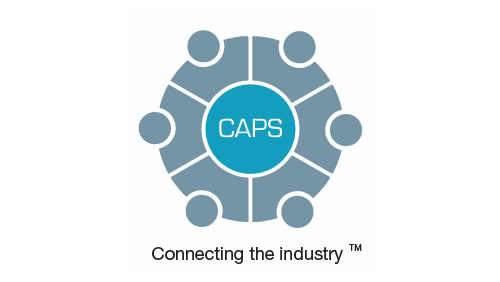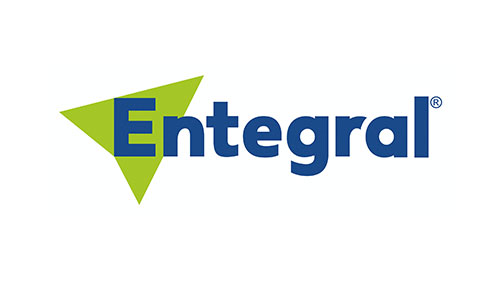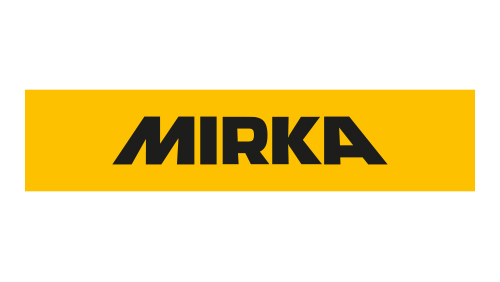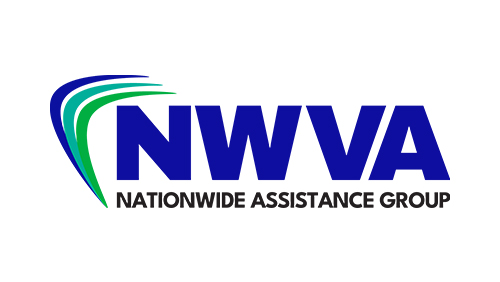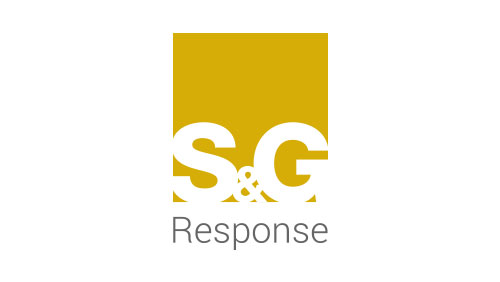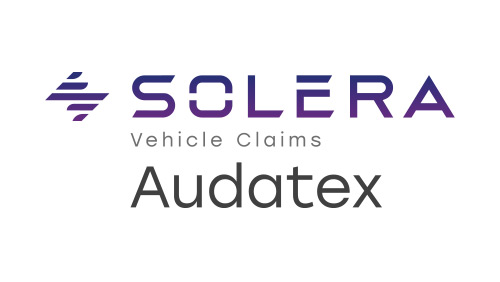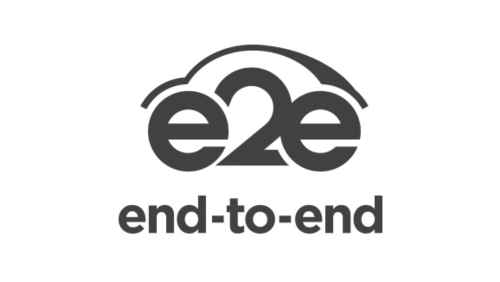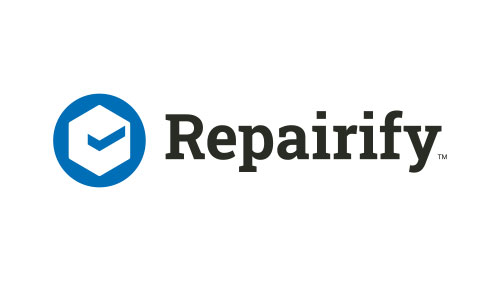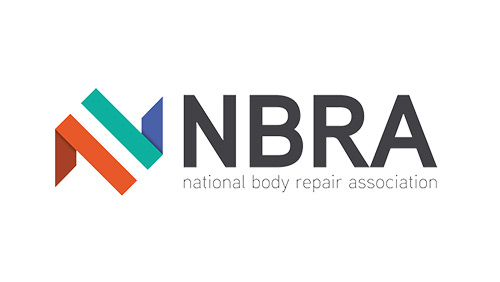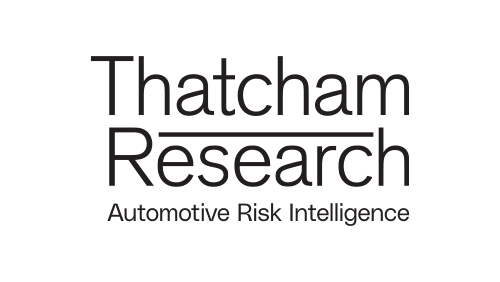The level of technology within vehicles now means that understanding what needs repairing is the first critical step in returning the vehicle to its pre-accident condition. But, as in-vehicle systems continue to develop, the aftermarket risks being left behind.
Here, we speak to Phil Peace, Managing Director (SVP) International of diagnostics and calibration expert Repairify, to understand the extent of the challenge facing repairers and insurers, and how its technology can improve both safety and efficiency.
Can you tell us a little about Repairify in terms of your mission and services?
Our mission is to make repairs simple for our customers with the help of advanced tools and remote diagnostic support.
As a business we are committed to empowering customers to repair electronic vehicle systems safely to OEM specifications post collision, enabling repairers to return vehicles to the road as quickly as possible, minimising downtime.
To do this we offer a wide variety of advanced automotive services and diagnostic tools, including the asTech Remote Diagnostic Device and the Digital ADAS Calibration Unit. They have been designed, developed and manufactured to address the constantly evolving needs of the bodyshop, while also maximising their capability.
Who are your customers?
Our customers are vehicle repairers, be it mechanical, glass or bodyshops and they can be any size from a single to a multi-site operation.
How is increasing technology within vehicles impacting the claims process?
There are several factors with vehicle technology that are impacting the claims process:
- Connected cars and access to data directly from the OE is starting to accelerate the FNOL process.
- AI and machine learning is helping to better identify the damage at the point of estimate, which is accelerating decision making and enabling more effective decisions related to repair.
- Creating more engaging apps by the insurers is helping the customer journey as the customer no longer uses these purely in the claim. Consolidation of legacy systems into platforms helps support this with data from various sources being available in a single place.
In terms of EVs, we understand from our insurer clients that whilst you would expect the technology on EVs to reduce incidents, the volume of incidents is higher. This is being put down to consumers not being used to the vehicles and the speed.
In addition, there is the complexity in the repair. An example of this is if the battery unit is damaged, it may mean that the vehicle cannot be repaired, or it has to go to a main dealer, which adds time. Feedback from these repairs is critical in underwriting.
On the ADAS side of things legislation is driving change and more and more vehicles now have some level of ADAS within the vehicle. The changing legislation in Europe means that by 2025 all vehicles must have automatic braking and as such will have a camera, radar or lidar depending on the system. Therefore, having the equipment or ability to calibrate these on site will speed up the repair process and enhance the customer journey. There is a lack of awareness and understanding in the repair network currently and it is critical that we support appropriate training for these new technologies.
How does your technology overcome these challenges and add efficiency to the motor claims/repair process?
Principally our technology enables the vehicle to be repaired effectively and the vehicle retuned to the road safely. Speed is of the essence to minimise repair times and costs so our data is extremely important in identifying what ADAS systems are on the vehicle.
There are two simple ways our innovative solutions are streamlining the claims process. The first is we reduce key-to-key times, which is what all repair shops aim to do. The way we achieve this is because our solution enables the vehicle to stay on site to do the work, so the business does not have to move it to a dealer or bring in a sub-contractor to do the work.
The second is the integrated reporting ensures the technician can easily access the information required for the job.
Can you talk us through Repair On Demand?
Repair on Demand is our terminology for Remote Diagnostic Services. This is used in three scenarios; if the vehicle has a secure gateway (which is more and more common in new vehicles) the aftermarket tool software will not allow the technicians to do what they need to do and if the work provider or repairer wishes to undertake the process using an OE tool.
The technician plugs the VCI into the OBD port on the car and they either log into our app and submit a job and initiate a chat with one of our technicians or they call in and speak to one of our technicians. Ideally, we prefer using the chat function as this provides a comprehensive audit trail for our customers.
Once the job is submitted, our technician picks this up on the system and automatically connects to the correct OE tool. The Repairify technician and the bodyshop technician then work through the calibration or programming task. In many cases, the bodyshop technician can be getting on with other tasks whilst the process is completed. After completion we provide a report to the customer detailing what has been done along with the invoice for the job.
Our process is fully warranted, and our insurance covers the bodyshop or repairer as well as ourselves providing peace of mind to both repairers and work providers.
How does asTech All-in-One streamline the repair process?
The asTech All-in-One streamlines the repair process because it is a single solution that provides both local diagnostics and calibration services (via a tablet). It also includes the asTech Connect device that provides the user with the ability to access Repairify Remote Services over the air. It is supported by Repairify’s IMI-trained technicians and manufacturers’ original equipment, so calibrations can be done quickly, and key-to-key times are reduced.
What do you perceive to be the main obstacles to a smooth motor claims journey?
The number of suppliers involved in a single claim and the current lack of cohesion in consolidating information into single systems or apps to provide updates to the consumer, means that it’s a very poor customer journey in many cases.
What are the major trends impacting motor claims today?
There are various macro and micro issues affecting claims, but the following are the key drivers:
- New vehicle supply issues have resulted in used car costs rising, the impact of this is that in theory there are less write offs as the pre-accident value is higher, making it more economical to repair the vehicle
- Lack of courtesy cars – increasing repair lengths
- Supply chain issues around parts supply remain, again lengthening the time and cost of a repair
- Covid and Brexit have resulted in a lack of quality staff which has meant that there is excess capacity in many bodyshops again increasing the length of repair
- Vehicle complexity has increased meaning it has become more difficult to repair vehicles requiring greater knowledge and understanding of electrical systems.
What will the motor claims journey look like in five years’ time?
If only we had a crystal ball. However, we expect the following:
- A more seamless journey, information from the connected car will be made available via consolidators so that the FNOL process will be accelerated
- Platform providers will consolidate information to improve the customer journey
- AI and machine learning will accelerate decision-making and again improve the customer journey
- Increased technology and ADAS systems should, in theory, reduce the volume of repairs, but those repairs will become more complex.

